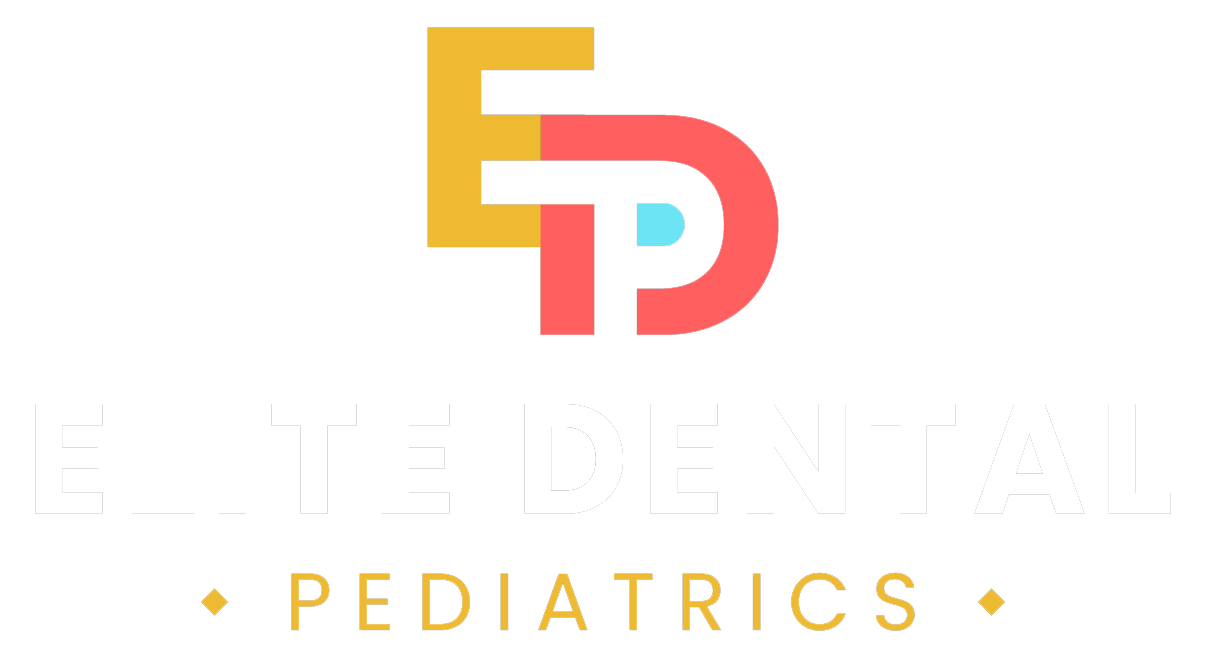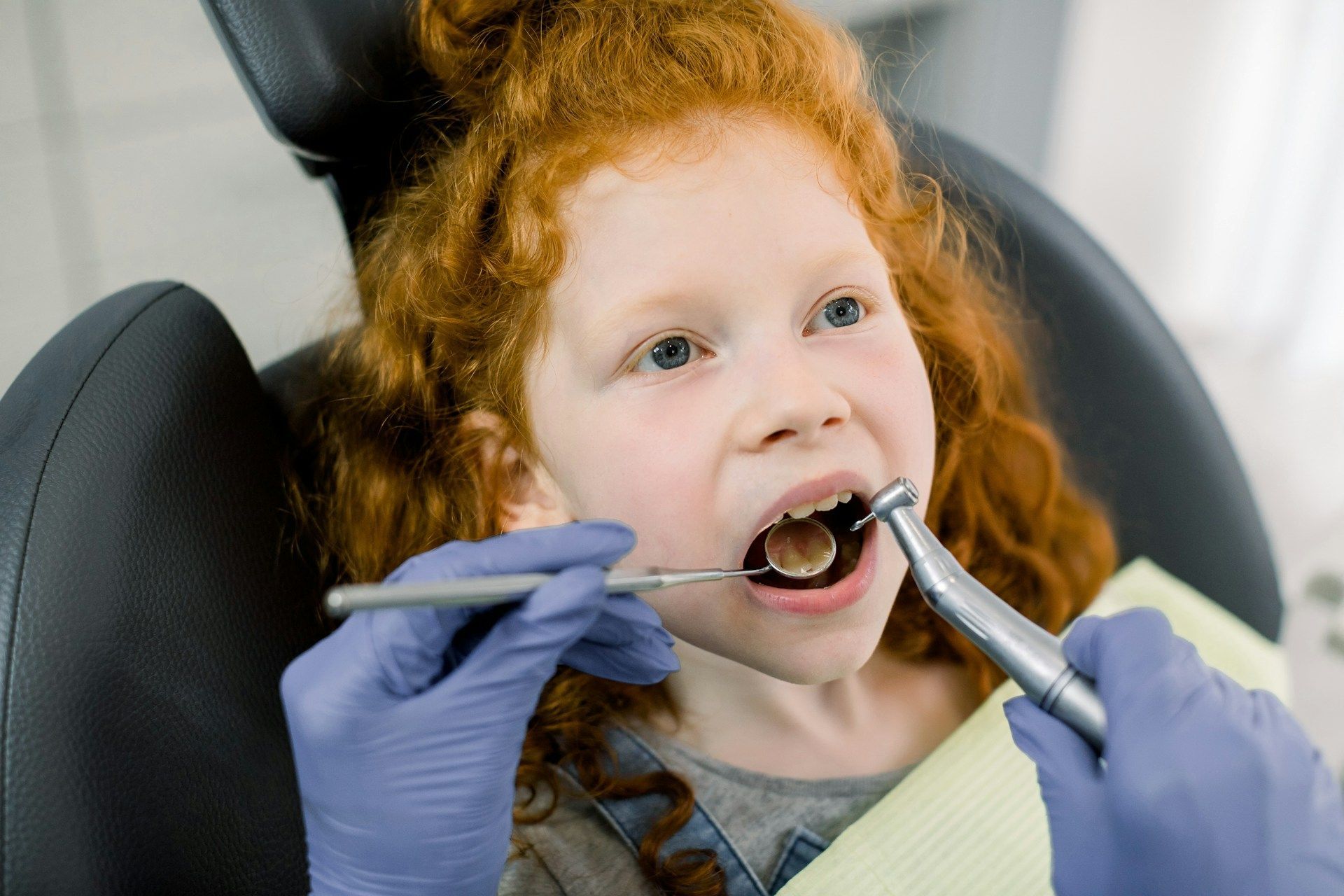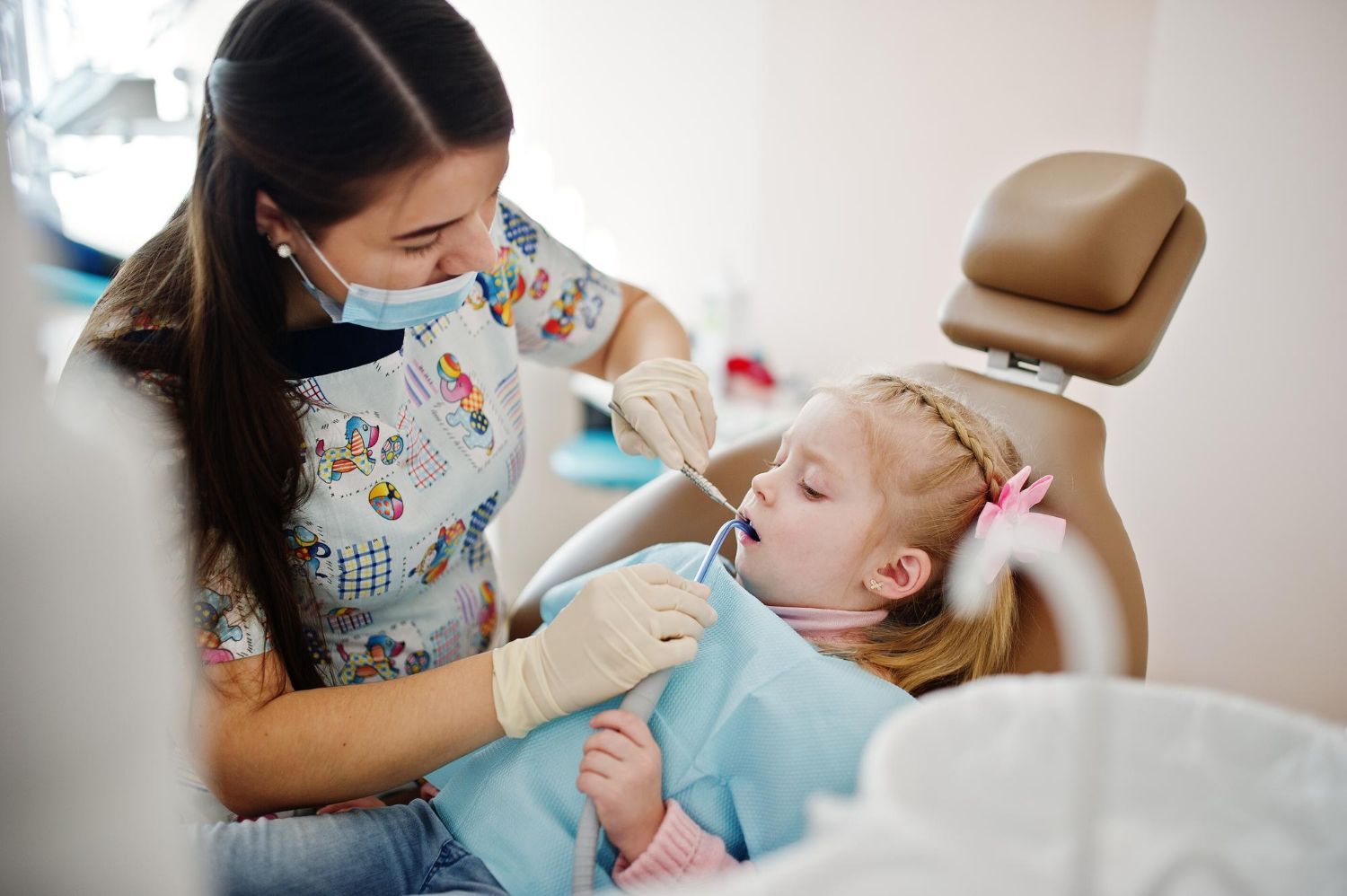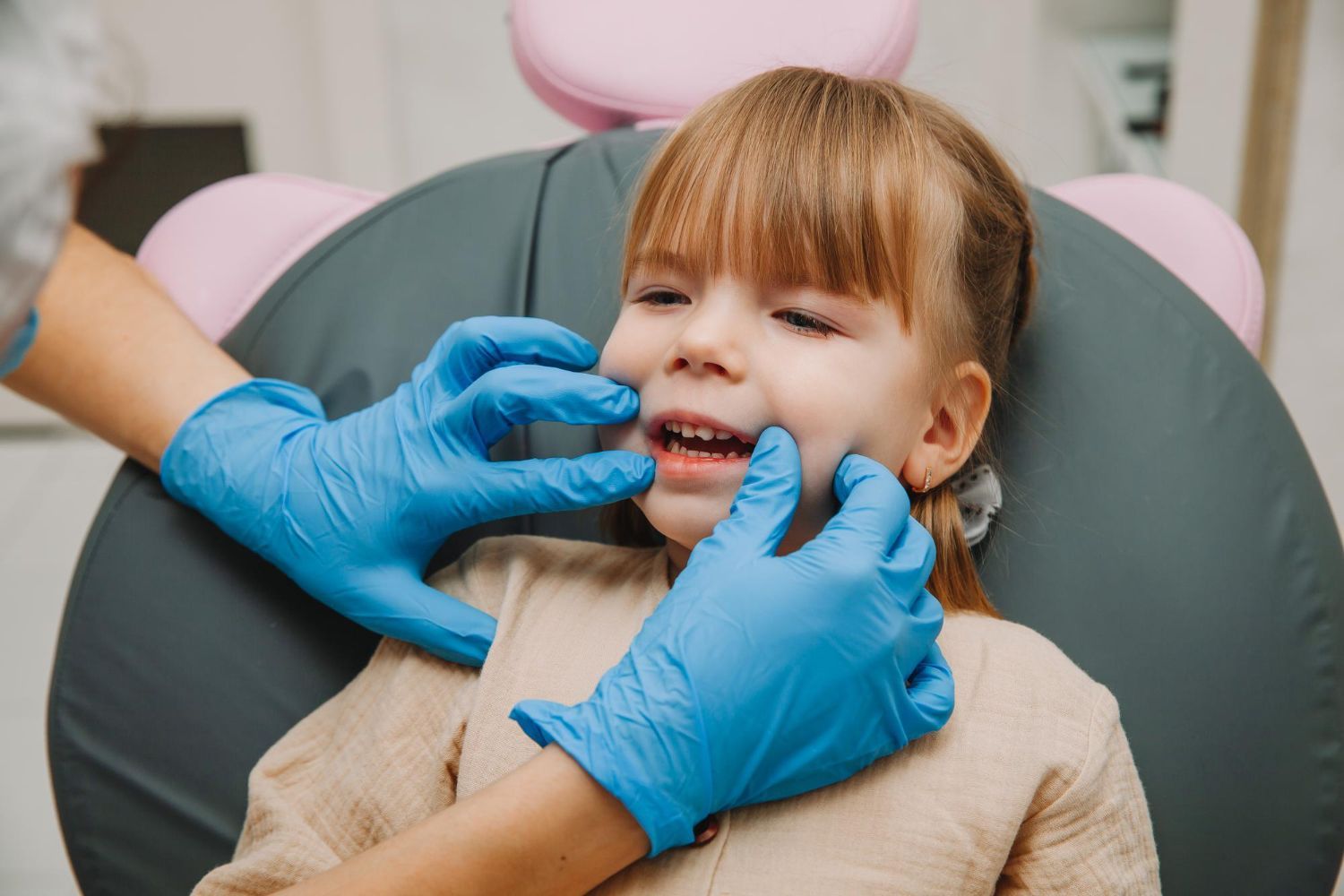Understanding the Best Age for Your Child's First Dental X-Ray
Taking care of your child's dental health involves more than just regular brushing and flossing. Dental X-rays play a crucial role in ensuring that your child's teeth and jaw are developing properly. As a parent, you might wonder when the right time is for your child's first dental X-ray. Understanding the best age for this important step can help you make informed decisions and ensure your child's dental health is monitored effectively.
Dental X-rays are essential for detecting issues that might not be visible during a regular dental check-up. They help in identifying problems early, such as cavities, tooth alignment issues, and developmental abnormalities. This early detection can prevent minor issues from becoming major problems, saving your child from potential discomfort and more extensive treatments in the future.
Preparing your child for their first dental X-ray can seem daunting, but with the right approach, it can be a smooth and stress-free experience. We'll explore why dental X-rays are important, the factors that determine the timing, and how you can prepare your child for this important milestone. By understanding these aspects, you can ensure that your child's dental care is comprehensive and effective.
Why Dental X-Rays Are Important for Children
Understanding the Purpose of X-Rays
Dental X-rays are vital tools in pediatric dentistry. They allow dentists to see detailed images of your child's teeth, gums, and jawbone that are not visible during a regular dental exam. These images help in diagnosing and monitoring various dental conditions early before they become serious. X-rays can show the position of unerupted teeth and detect any potential alignment issues, making them essential for planning orthodontic treatment. They also help monitor the growth and development of your child's jaws and teeth over time.
Key Dental Issues Detected by X-Rays
Dental X-rays can reveal several key issues that could impact your child's oral health. These include:
- Cavities: X-rays can detect decay between teeth and under fillings that aren't visible to the naked eye.
- Tooth Alignment: They show how the teeth are aligned and help in planning for braces or other orthodontic treatments.
- Developmental Issues: X-rays can identify problems with the jawbone and the position of primary and permanent teeth.
- Gum Disease: Early signs of gum disease, such as bone loss around the teeth, can be detected with an X-ray.
- Infections and Abscesses: These are serious conditions that can be identified through X-rays, allowing for prompt treatment.
Frequency and Safety of Dental X-Rays
Many parents worry about the safety of X-rays due to radiation exposure. However, modern dental X-rays are very safe, using minimal amounts of radiation, and are designed to limit exposure. The American Academy of Pediatric Dentistry (AAPD) recommends that the frequency of X-rays should be based on the individual needs of the child. For instance, children with a high risk of cavities may need X-rays more often, while those with a lower risk may require them less frequently. Dentists use protective measures, such as lead aprons and thyroid collars, to ensure your child's safety during the procedure.
Determining the Best Age for First Dental X-Rays
Factors That Influence Timing
The best age for your child's first dental X-ray depends on several factors. These include their dental health history, their risk of dental issues like cavities, and any symptoms they might be showing. If your child has frequent cavities, misaligned teeth, or other dental problems, they might need an X-ray earlier than other children. Children with a history of tooth decay, pain, or swelling, for example, might require an X-ray to diagnose the underlying issue accurately.
Guidelines from Pediatric Dental Associations
Pediatric dental associations provide guidelines to help determine the appropriate age for a child's first dental X-ray. According to the AAPD, children should have their first dental visit by the age of one, and X-rays should be taken only when necessary based on the child's specific dental health needs. Generally, the first X-rays are taken when a child is around six years old, which is often when the first permanent teeth start to come in. This timing allows dentists to assess the development of these permanent teeth and detect any potential issues.
Individual Assessment by Your Pediatric Dentist
Ultimately, the decision about when your child should have their first dental X-ray should be made by your pediatric dentist. They will conduct a thorough assessment of your child's oral health, considering factors such as their dental history, diet, oral hygiene habits, and any present symptoms. This individualized approach ensures that X-rays are taken only when necessary, minimizing your child's exposure to radiation while still providing the essential information needed to maintain their oral health. Regular dental check-ups help the dentist determine the optimal timing for X-rays based on your child's unique needs.
Preparing Your Child for Their First X-Ray
Explaining the Process in Simple Terms
It's important to explain the X-ray process to your child in a way they can easily understand. You might say that an X-ray is like taking a special picture of their teeth to help the dentist see how they are growing. Use positive, reassuring language to make them feel comfortable. You can compare the X-ray machine to a camera and emphasize that it doesn't hurt. This simple explanation helps demystify the process and reduces any fear your child might have.
What to Expect During the X-Ray
Make sure your child knows what to expect during the X-ray. Explain that they will need to sit still while the dentist or technician takes the pictures. You can describe how the machine will come close to their face but won't touch them. Let them know that they might wear a heavy apron to protect their body, which is completely normal. It's also helpful to mention that the process is quick, and you'll be there with them the whole time to provide support.
How to Ease Your Child's Anxiety
Easing your child's anxiety about their first dental X-ray can make the experience much smoother. One effective method is to practice deep breathing exercises together before the appointment. Bringing along a favorite toy or blanket can provide additional comfort. Another tactic is to schedule the X-ray for a time of day when your child is typically calm and well-rested. Reinforcing positive behavior with praise and small rewards after the visit can also help build a positive association with dental care.
Interpreting X-Ray Results and Next Steps
Understanding the Findings
Once the X-ray is done, the dentist will review the images and explain the findings to you. They will point out any areas of concern and discuss what the images reveal about your child's oral health. Understanding these findings is important because it helps you make informed decisions about your child's dental care. The dentist will explain in simple terms what the images show, such as the presence of cavities, the position of incoming teeth, or indications of future orthodontic needs.
Common Dental Concerns Identified
X-rays can help identify several common dental issues that might need attention. Some of these include:
- Cavities and Tooth Decay: Detecting early signs of decay that aren't visible during a normal exam.
- Tooth Alignment: Determining if braces or orthodontic treatments will be necessary.
- Growth and Development Issues: Identifying any problems with the spacing or development of teeth.
- Hidden Infections or Abscesses: Finding infections that might not show symptoms yet.
Planning Future Dental Care Based on X-Ray Results
Based on the X-ray findings, your dentist will recommend the next steps for your child's dental care. This might include treatments to address any problems identified, such as fillings for cavities or planning for orthodontic consultations if alignment issues are found. Regular follow-up X-rays might be scheduled to monitor any ongoing concerns and ensure that your child's dental development stays on track. By following the dentist's advice and maintaining regular check-ups, you can help ensure your child's teeth remain healthy and strong.
Conclusion
Understanding the right time for your child's first dental X-ray is an important part of maintaining their oral health. Dental X-rays provide valuable insights into the development and condition of your child's teeth, helping to catch issues early before they become more serious. By knowing how to prepare your child and what to expect during the process, you can ease their anxiety and make the experience positive.
Dental health plays a significant role in your child's overall well-being. Addressing dental issues early through accurate diagnostics like X-rays can prevent more extensive treatments later on. Regular dental visits and X-rays, guided by your pediatric dentist, ensure that your child's teeth and jaw develop properly, setting the foundation for a lifetime of healthy smiles.
If you have any concerns or need further guidance, the team of
children's dental specialists at Elite Dental Pediatrics in Houston, Texas, is here to help. Schedule an appointment today to learn more about your child's dental health and ensure they receive the best care possible!










